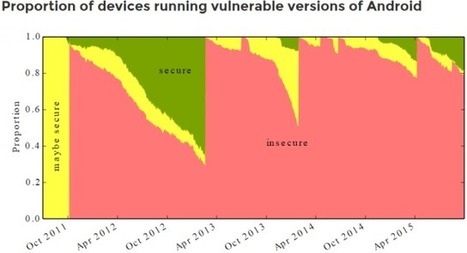Xiaomi’s Mi Mix series has always pushed the boundaries of phone screens and form factors, from the original model that kicked off the bezel wars to last year’s sliding, notchless Mi Mix 3. Now, just as we’re starting to see “waterfall” displays with extreme curved edges, Xiaomi is taking this to a wild new level with the Mi Mix Alpha.
The “surround screen” on the Alpha wraps entirely around the device to the point where it meets the camera module on the other side. The effect is of a phone that’s almost completely made of screen, with status icons like network signal and battery charge level displayed on the side. Pressure-sensitive volume buttons are also shown on the side of the phone. Xiaomi is claiming more than 180 percent screen-to-body ratio, a stat that no longer makes any sense to cite at all.
The Mix Alpha uses Samsung’s new 108-megapixel camera sensor, which was co-developed with Xiaomi. As with other recent high-resolution Samsung sensors, pixels are combined into 2x2 squares for better light sensitivity in low light, which in this case will produce 27-megapixel images.
We’ll have to see how that works in practice, but the 1/1.33-inch sensor is unusually large for a phone and should give the Mix Alpha a lot of light-gathering capability. There’s also no need for a selfie camera — you just turn the phone around and use the rear portion of the display as a viewfinder for the 108-megapixel shooter.



 Your new post is loading...
Your new post is loading...












Xiaomi Mi Mix Alpha display wraps around the entire phone, which brings some interesting possibilities (no need for a front end selfie camera) as well as questions (will it break as the design forbids any covers and protections ?